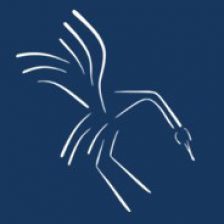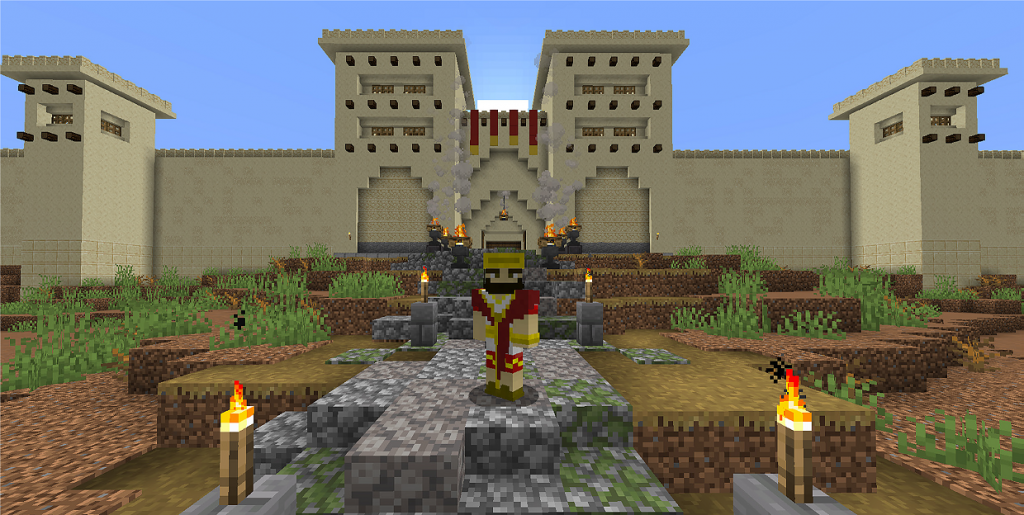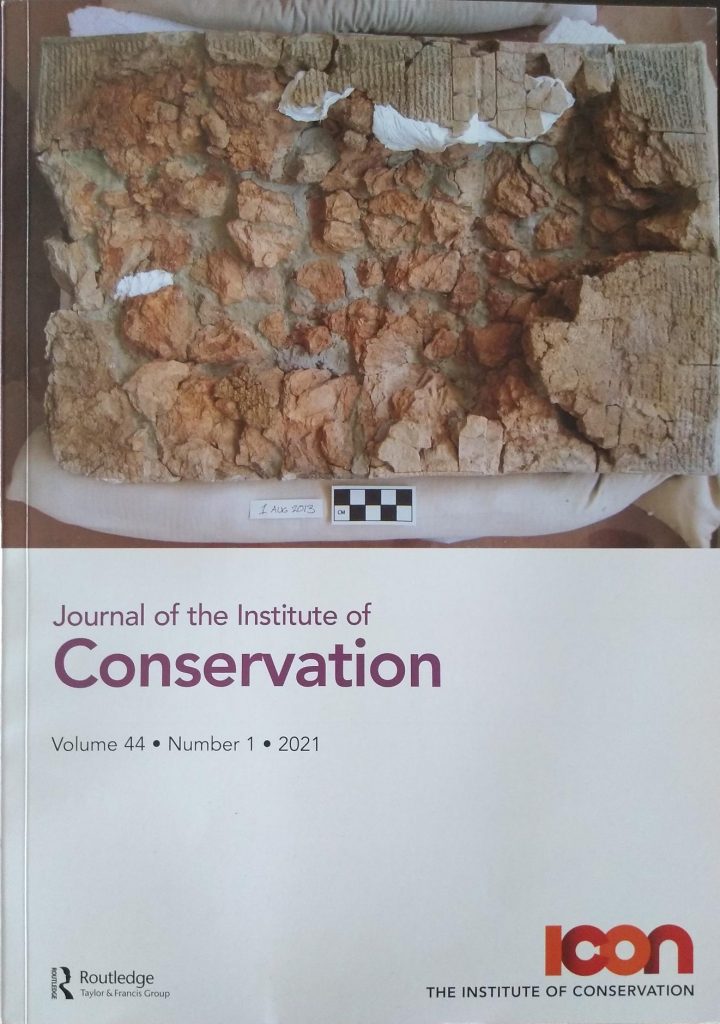Dear Colleagues,
SNELA 2022 is now accepting paper submissions via its website.
The third international meeting of the Society for Near Eastern
Landscape Archaeology (SNELA) will be held between March 2nd – 4th,
2022, under the auspices of the Faculty of Letters of Istanbul
University.

The theme for SNELA 2022 is “The Archaeology and Anthropology of
Resource Use in the Near East.” The meeting aims to bring a
theoretical perspective for the resource use in a rich and broad
geography.
The main themes of the 2022 meetings are:
· Social approaches to the archaeology and anthropology of resource use,
· Types of resource use and long-distance trade,
· Ancient techniques and transfer of technology,
· Evaluating political economy and social complexity through resource use,
· The impacts of resource use on the paleo-environment.
Valuable/semi-valuable stones, minerals, salt, bitumen, trees, and
other plants, water, and other natural resources that have been deemed
a vital part of human life for millennia will be discussed from an
interdisciplinary perspective regarding their social, political, and
economic aspects.
SNELA 2022 has three invited speakers who are leading scholars in
their fields. Kristian Kristiansen, Aren Maeir, and Jan Gerrit Decksen
will bring a comprehensive perspective that extends from textual
evidence to theoretical frameworks, enrich the meeting with
round-table discussions.
We are inviting the scholars and researchers to submit their original
research, which may be presented in one of oral sessions or as a
poster. Abstract submissions will take place between May 9, 2021
through June 15, 2021. The submission must conform to one of themes
and material groups along with the temporal extent of SNELA 2021 that
are mentioned under the About tab of the webpage. Interested scholars
are welcome to register here.
SNELA 2022 is currently planned as in person attendance. It might
shift to a virtual conference depending on the situation with the
Covid-19 pandemic. For questions, please contact Gonca Dardeniz Arikan
(goncadardenizarikan@istanbul.edu.tr).




